Hello! In the last article, we focused on the transaction of sake between Edo (present-day Tokyo) and Kamigata (Kyoto and the surrounding vicinity where the Emperors resided, including Nishinomiya) during the Edo period (1603-1867). In this article we will introduce the culture of drinking sake which flourished in Edo. We will highlight the sake drinking vessels that were depicted on Nishiki-e printings in the Edo period.
-1200x585.jpg)
On this Nishiki-e titled “Notable Young Women of the Present Day”, three kinds of sake vessels are depicted. The sake bottle depicted beside the woman on the right side is called tokkuri, a sake bottle well-known to this day. Now, let’s learn about when tokkuri sake bottles became widely used. In “Morisada Mankou” (an encyclopedia from the Edo period, published in 1837), there is the following description: “…While choshi (an iron bottle used to pour sake) is used only during formal occasions today, tokkuri is used for informal occasions, mainly to serve warmed sake. The recently designed wide-mouthed porcelain tokkuri bottle is convenient for pouring sake. Moreover, the porcelain material is superior to copper and iron which would affect the taste and fragrance of sake.” Unlike today’s commonly used tokkuri with a narrow opening, wide-mouthed porcelain tokkuri bottles were thought to be convenient and were widely used during the Edo period.
-コピー.jpg)
Sakazuki Sake Cups Floating in the Haisen Bowl
Let’s go back to the Nishiki-e to look at the other two sake vessels. The bowl depicted beside the woman in the center is called haisen, which was used to wash sake cups, and the sake cups floating in the haisen bowl are called sakazuki. As seen in the printing, the haisen bowl was filled with water and the sakazuki cups were washed in the bowl before those were shared with someone else. Another use of the haisen bowl was described in the book “Kanten Kenbunki“ (A Record of the Eras from Kansei to Tenpou): “Haisen bowls are also sometimes used for the sole purpose of enjoying watching the sake cups floating in the water in the bowl.”

Sakazuki Sake Cups in Overglaze Enamels are Floating in Underglaze Blue Porcelain Haisen Sake Cup Bowl
As for sakazuki sake cups, there is a description in the encyclopedia “Morisada Mankou” (published in the 19th century) as follows: “In recent years porcelain sake cups have been commonly used, in place of the lacquered cups. […] In towns such as Edo, Kyoto and Osaka, sakazuki (sake cup) is called choko. In those towns, on a formal occasion, lacquered cups are used to pour the first sake, and porcelain cups for the following drinks.” As described in the encyclopedia, porcelain sake cups were commonly used in those towns in the late Edo period (the 19th century).
We have introduced the tokkuri sake bottle, the haisen sake cup washing bowl, and the sakazuki (or choko) sake cups that were depicted on the Nishiki-e printings in the late Edo period. Today, there are more varieties of sake vessels, such as glass sake cups, which enable us to enjoy sake in more aesthetic ways. Why don’t you try enjoying sake using various sake vessels like the people in the Edo period?


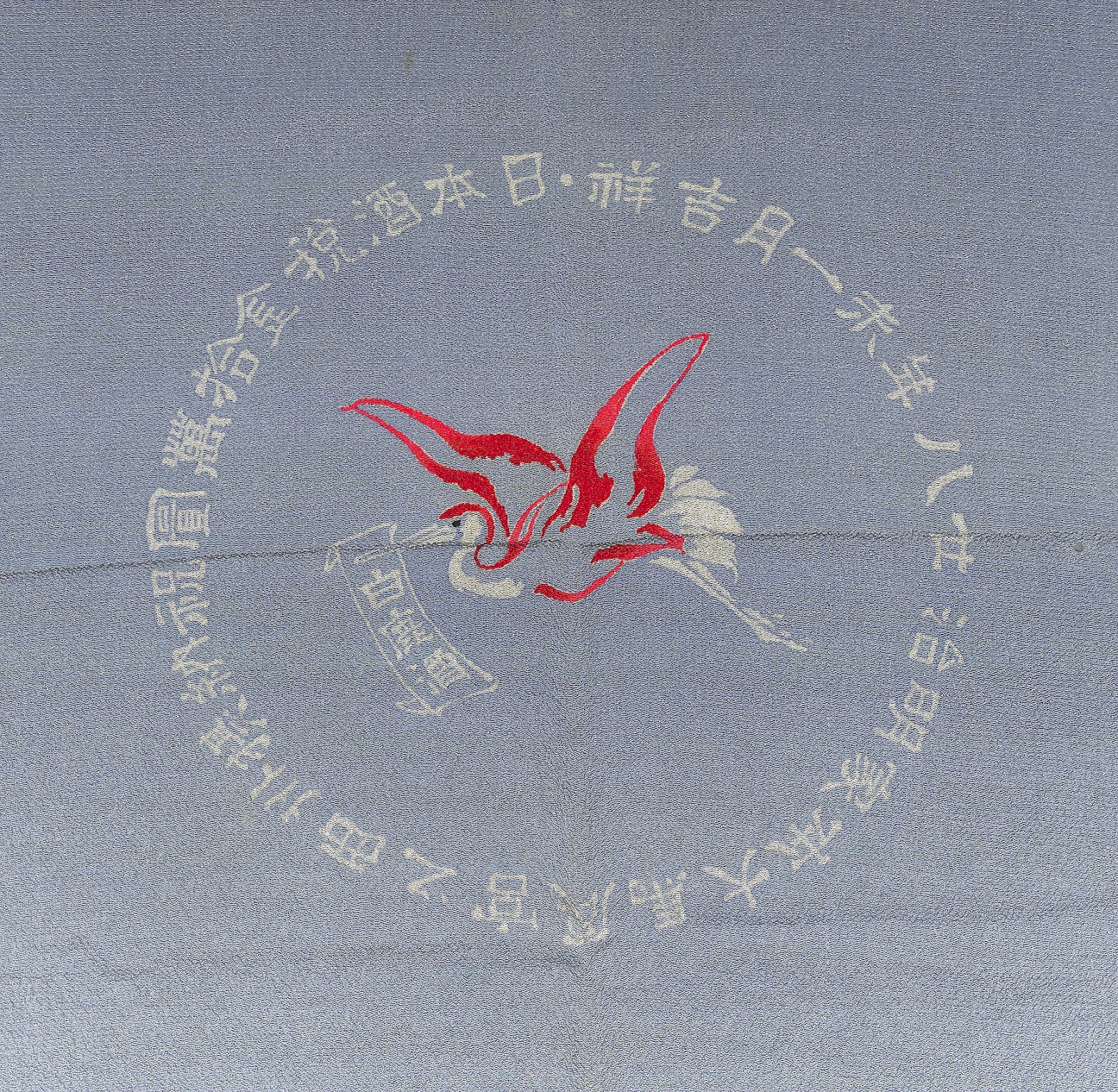
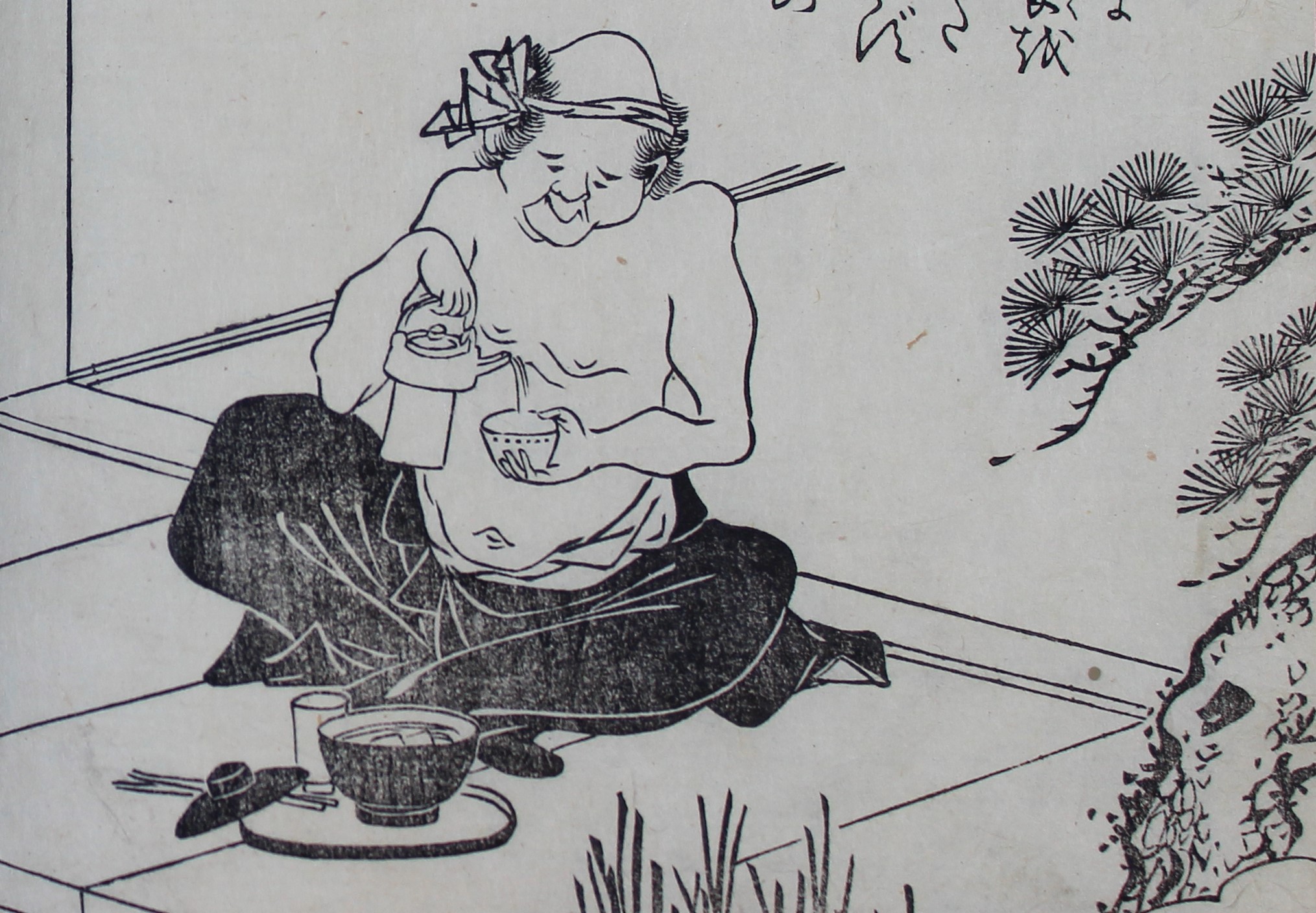
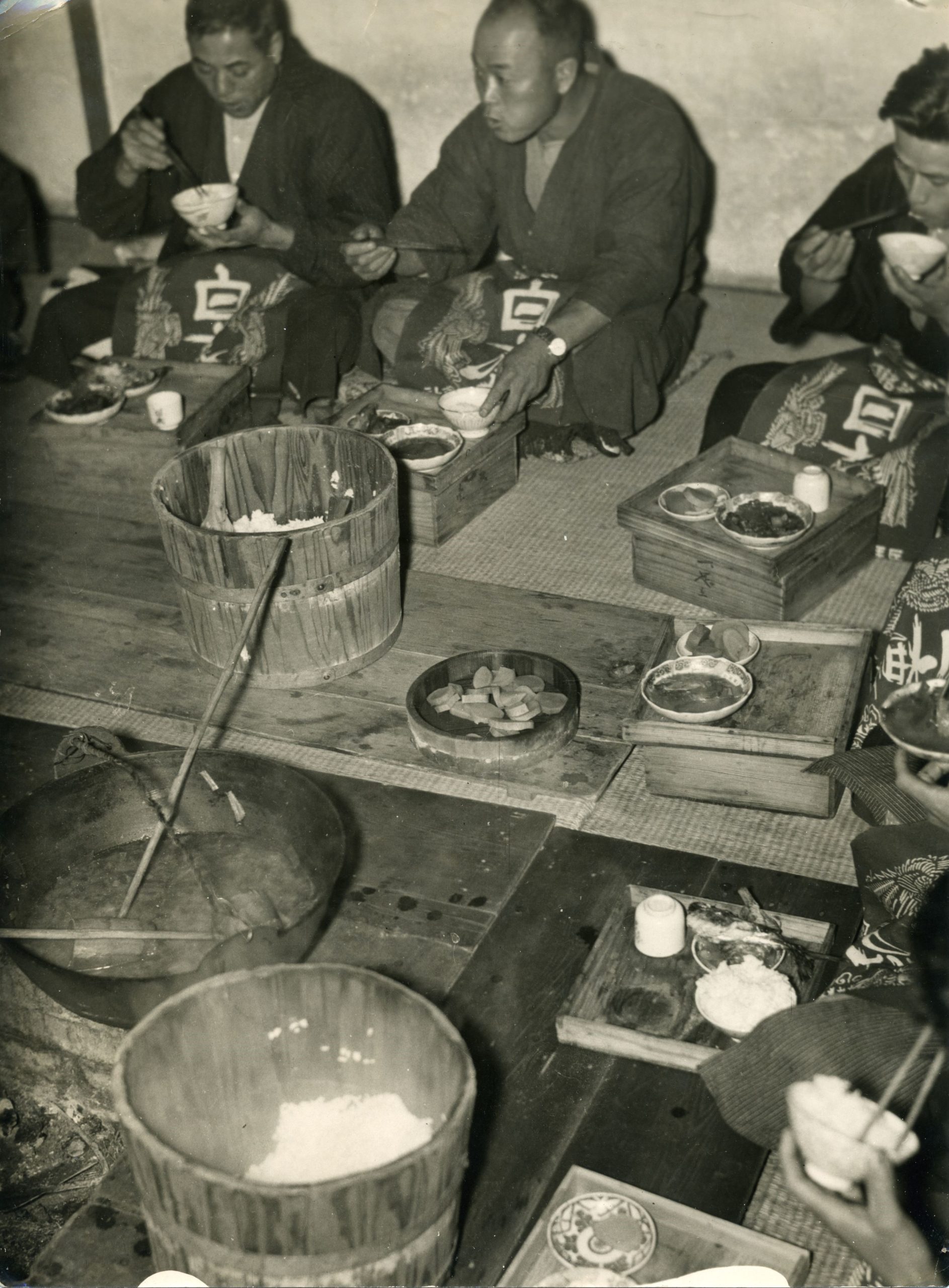
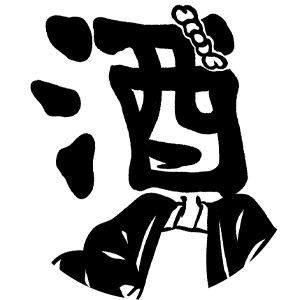
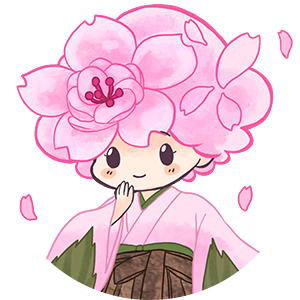
There was a time when the sake tax was the number one source of tax revenue in Japan!